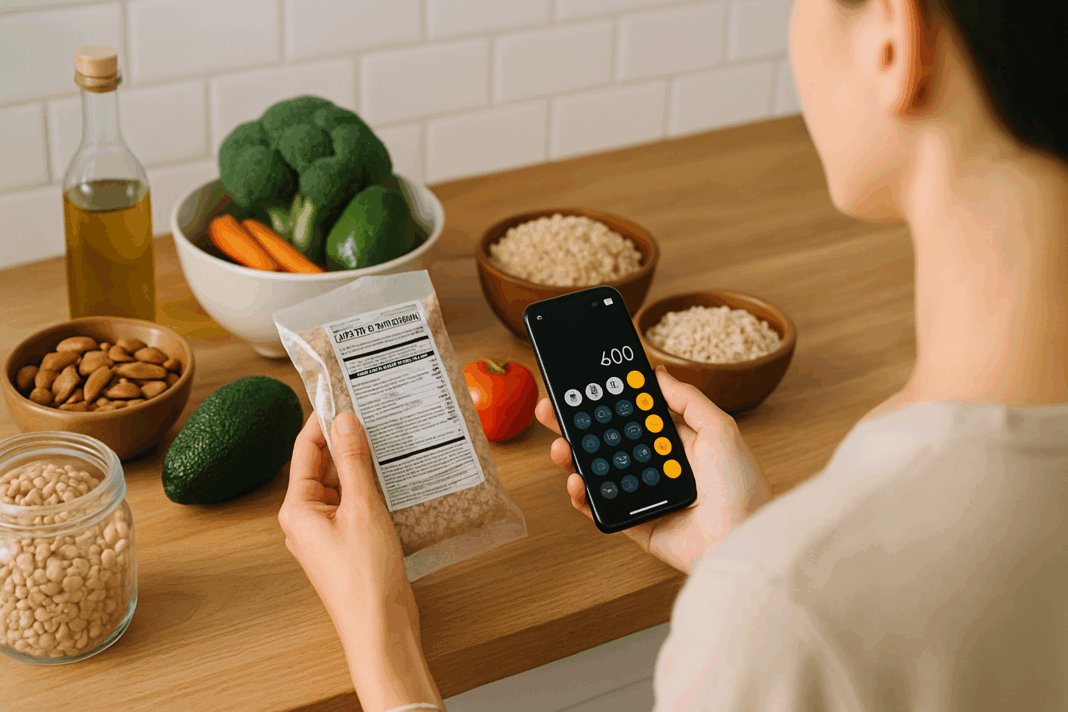Understanding how to calculate calories from fat accurately for 2 servings is an essential part of making informed nutritional choices. In the modern world of nutrition labeling, many consumers rely on quick glances at food packaging to gauge healthfulness, but often overlook one crucial aspect: fat content and its caloric impact, especially when multiple servings are consumed. While most labels provide information for a single serving, many people unknowingly consume two or more servings at a time. Without knowing how to work out calories from fat in these instances, it’s easy to misjudge your actual intake, which can have meaningful consequences for your dietary goals, whether you’re aiming for weight loss, managing a chronic condition, or simply striving for balanced eating.
You may also like: Does Your Brain Need Carbs? Exploring the Role of Carbohydrates in Cognitive Function and Mental Performance
Why Calories from Fat Matter in a Two-Serving Context
Fat is one of the three major macronutrients that provide energy to the human body. Each gram of fat contributes approximately nine calories, more than double the calories provided by either protein or carbohydrates. This makes fat a dense source of energy, and while it plays vital roles in hormonal function, vitamin absorption, and cellular health, it can also significantly increase calorie intake if not properly monitored. When you consume two servings of a food item, the calories from fat effectively double, which can compound over the course of a day or week. Understanding the cumulative nature of calories from fat for 2 servings empowers individuals to make more deliberate food choices and reduce the risk of unintended overeating.
The importance of tracking fat intake is heightened when considering foods marketed as low-calorie or low-fat. Many products labeled as healthy snacks or meal replacements may contain significant fat content in two servings, even when a single serving seems modest. For example, a granola bar might appear to offer a balanced nutrient profile, but if a typical consumer eats two, the calories from fat for 2 servings could account for more than half the total caloric content. This discrepancy underscores the value of learning how to calculate calories from fat accurately, especially in common eating scenarios where one serving is rarely the endpoint.
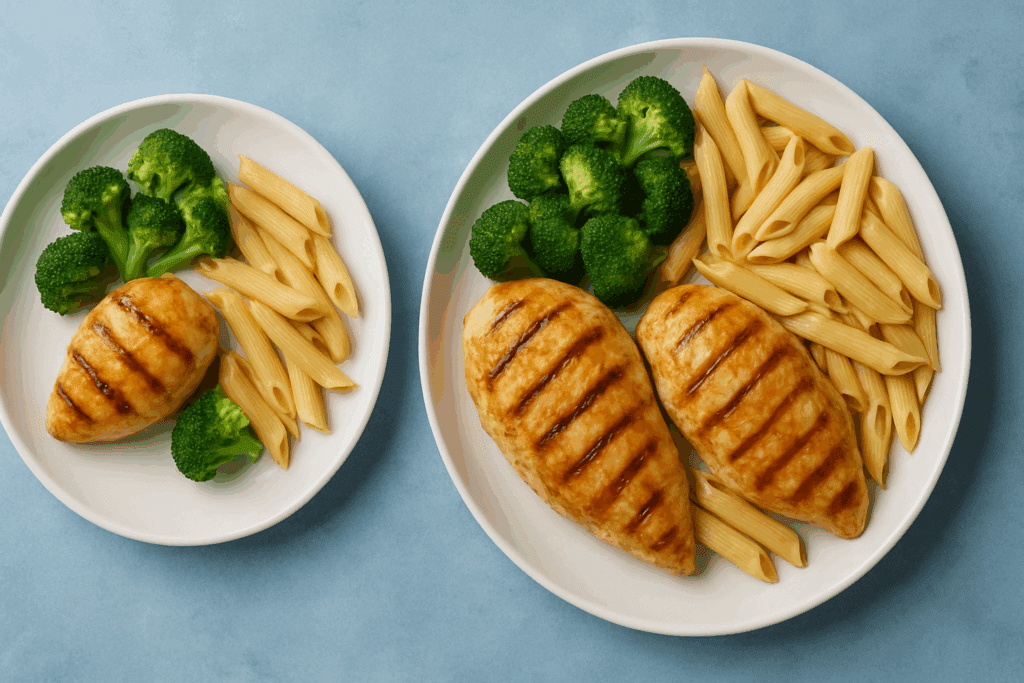
Label Literacy: Reading Nutrition Facts for Fat Content
The first step to calculating calories from fat is understanding how fat content is displayed on nutrition labels. Most packaging will clearly show the number of grams of total fat per serving, along with a breakdown of saturated fat, trans fat, and sometimes polyunsaturated and monounsaturated fats. These values are typically located under the main calorie count on the label and are presented per serving. To find out how many calories come specifically from fat, multiply the number of grams of total fat by nine. For example, if one serving of a snack contains 10 grams of fat, that equates to 90 calories from fat.
To determine calories from fat for 2 servings, the calculation is simply doubled. Using the previous example, two servings would contain 20 grams of fat and thus 180 calories from fat. However, confusion often arises when serving sizes are small or not reflective of actual consumption. A breakfast cereal, for instance, may list one serving as ¾ cup with 3 grams of fat. In real-world usage, most people pour closer to 1½ cups—making the calories from fat for 2 servings cereal significantly higher than they might anticipate. This is why interpreting the serving size in the context of real consumption is essential.
Decoding Common Confusions: Sereal, Serial, and Serving Inaccuracy
One of the challenges in digital and printed nutritional education is the frequent presence of typographical or colloquial variations, such as “calories from fat for 2 servings sereal” or “calories from fat for 2 servings serial.” While these phrases likely stem from misspellings of the word “cereal,” they represent a broader issue: misinterpretation of serving data due to unclear or inconsistent language. In practice, this confusion can lead consumers to overlook key details when calculating fat intake.
Clarifying these misunderstandings begins with establishing a reliable method for interpreting food labels, regardless of how terms are misspelled or misused. Whether you’re calculating calories per serving from fat serial or cereal, the process remains the same: identify the grams of fat per serving, multiply by nine, then adjust for the number of servings consumed. Reinforcing this habit creates a foundational skill that extends beyond a single meal or product, improving nutritional literacy across the board.
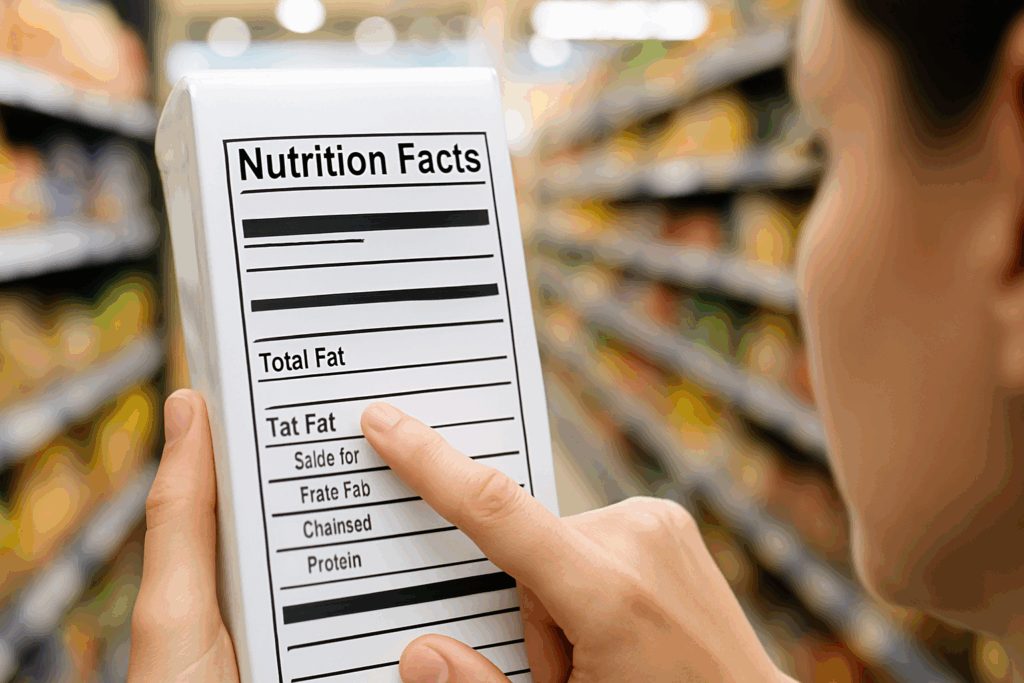
How to Work Out Calories from Fat in Complex Meals
Packaged foods are relatively straightforward when it comes to fat calculation, but real-world meals—especially homemade or restaurant dishes—often lack standardized labels. In these cases, knowing how to work out calories from fat requires a bit more analytical thinking. Start by identifying the ingredients and estimating fat content using a reputable food database, such as the USDA’s FoodData Central or nutrition-tracking apps like MyFitnessPal. Once you’ve estimated the fat grams for each component of the meal, add them together and multiply by nine to get total calories from fat.
Suppose you prepare a pasta dish that includes olive oil (14g of fat per tablespoon), cheese (9g per ounce), and lean ground turkey (8g per 4-ounce serving). If your portion includes 1 tbsp of oil, 2 oz of cheese, and 4 oz of turkey, your total fat intake would be 14 + 18 + 8 = 40 grams, translating to 360 calories from fat. If you plan to have a second serving, you’re doubling the fat intake to 720 calories—an insight that can influence your choice of side dishes, portion sizes, or cooking methods.
The Physiological Impact of Consuming Excess Fat Calories
While fat is necessary for optimal health, excess calories from fat—especially from saturated or trans fats—can contribute to a range of negative outcomes. These include elevated LDL cholesterol levels, increased risk of atherosclerosis, weight gain, and poor metabolic health. Overconsumption becomes particularly problematic when consumers are unaware of their actual intake, often due to misjudging portion sizes or underestimating the fat content of common foods. Learning how to calculate calories from fat accurately for 2 servings equips individuals to avoid such unintended excesses.
In clinical nutrition, the Acceptable Macronutrient Distribution Range (AMDR) suggests that 20–35% of daily calories should come from fat, with a focus on unsaturated sources. For someone on a 2,000-calorie diet, this equates to about 400–700 calories from fat, or roughly 44–78 grams. Consuming a single high-fat meal that delivers over 700 calories from fat can easily push an individual over the recommended threshold for the day. Understanding how many calories from fat for 2 servings you’re consuming at a time can help you plan the rest of your meals more effectively and maintain balance across the day.
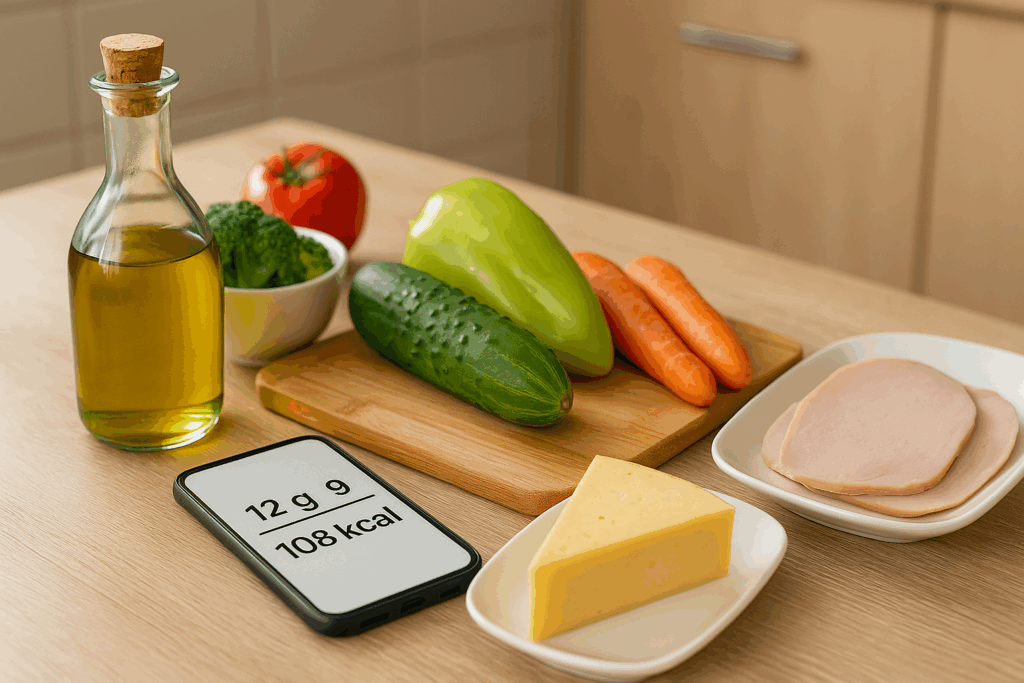
Practical Examples: Applying Fat Calculations to Daily Foods
Let’s consider some commonly consumed items and evaluate how their fat content changes when consumed in double portions. Peanut butter is a prime example. A standard serving is two tablespoons, containing about 16 grams of fat, which translates to 144 calories from fat. However, many people use closer to four tablespoons on toast, in smoothies, or as a dip. That’s 32 grams of fat and 288 calories—clearly illustrating how easily fat intake can double.
Similarly, salad dressings often pack high fat content into small serving sizes. A creamy dressing may contain 12 grams of fat per two-tablespoon serving, totaling 108 calories from fat. When dining out or eyeballing portions at home, it’s not unusual to use double that amount, making the calories from fat for 2 servings a significant contributor to the meal’s total energy load. These examples underscore the importance of not just tracking food in general but learning how to calculate calories from fat with precision.
Why Certain Products Confuse Consumers: The Case of Breakfast Cereals
Cereal is often marketed as a low-fat or healthy breakfast option, yet the variety in formulations—from sugar-laden granolas to fiber-fortified flakes—creates a wide range of fat content. A single serving of granola can contain 10–15 grams of fat, whereas puffed rice or corn cereals might have less than 1 gram. However, packaging doesn’t always make this clear. Misreading labels or assuming similar products have similar fat content leads many consumers to underestimate the calories from fat for 2 servings cereal.
This misunderstanding is compounded when servings are not measured accurately. Few people use measuring cups in the morning, and pouring cereal freely often results in doubling the recommended portion. If one serving has 11 grams of fat (99 calories), two servings reach 198 calories from fat—a sizeable difference for a meal intended to start the day lightly. Clarifying this common blind spot is one of the most effective ways to improve portion awareness and long-term dietary habits.

Bringing Technology into the Equation: Tools for Better Fat Tracking
Thanks to technological innovations in personal health monitoring, it’s easier than ever to keep track of fat intake accurately. Apps such as Cronometer and MyFitnessPal offer detailed nutrient breakdowns and allow users to log exact quantities, including customized serving sizes. Smart kitchen scales can sync with apps to weigh ingredients and automatically calculate fat grams and corresponding calories. This automation removes much of the guesswork from the process of tracking calories from fat for 2 servings or more.
Wearable fitness trackers and smartwatches are increasingly integrating nutrition tracking features, further connecting dietary input with physiological output like activity level and energy expenditure. These tools can help individuals make better real-time decisions about their fat intake and overall calorie balance. For those managing conditions like obesity, cardiovascular disease, or diabetes, the ability to calculate calories from fat with accuracy offers a path toward better symptom management and health outcomes.
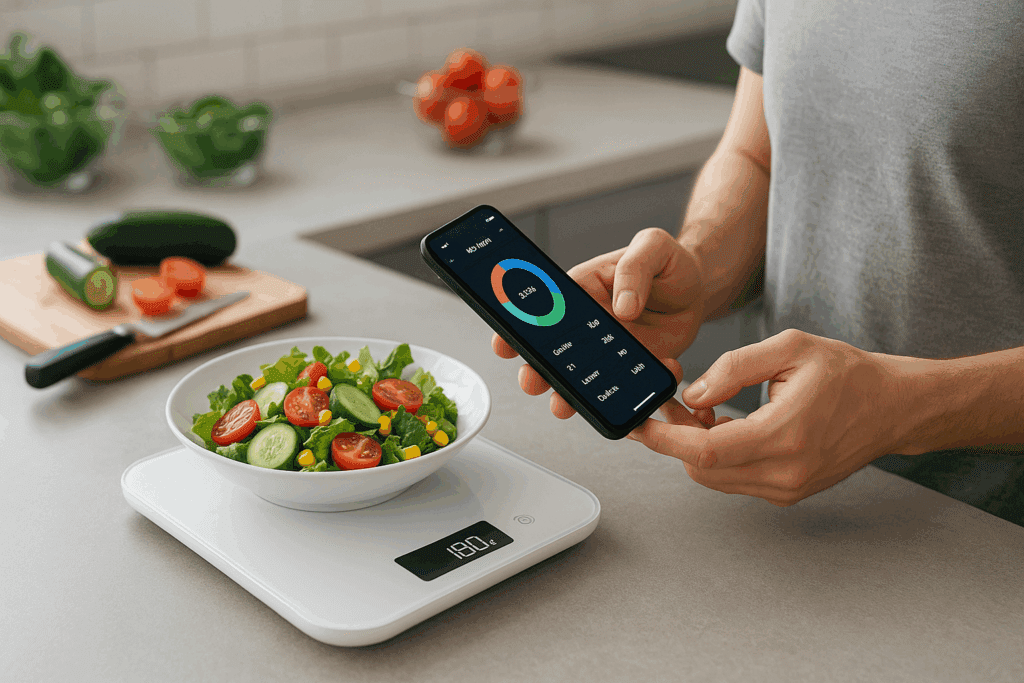
Educational Implications: Teaching Nutritional Literacy Early On
Improving public health outcomes requires more than just individual responsibility—it also demands structural efforts to teach nutrition literacy from an early age. One of the most foundational skills that can be taught in schools or community programs is how to calculate calories from fat and understand how those calculations influence overall health. When people are equipped to determine calories per serving from fat serially across their day, they’re far more likely to make balanced choices and avoid common dietary pitfalls.
School curriculums and public health campaigns should integrate hands-on learning experiences where individuals practice calculating calories from fat using real food packaging. By reinforcing both the math and the science behind these figures, learners become empowered to apply this knowledge long after formal education ends. The earlier this skill becomes second nature, the more likely individuals are to carry it forward into adulthood and pass it on to others.
Strategic Meal Planning: Balancing Fat Across the Day
Once you know how to calculate calories from fat for 2 servings or more, the next logical step is applying that knowledge to your meal planning. Strategic distribution of fat intake can help support energy levels, satiety, and metabolic function throughout the day. Rather than consuming a disproportionate amount of fat at a single meal, many nutritionists recommend spreading fat intake across breakfast, lunch, dinner, and snacks to maintain steady energy and reduce the likelihood of overconsumption.
This approach involves pre-logging meals when possible, comparing food options based on their fat content, and adjusting portion sizes to meet your daily target. For example, if you know your dinner will include 25 grams of fat (225 calories), you might choose lower-fat options for breakfast and lunch to balance your intake. Mastery of how to work out calories from fat enables this kind of proactive planning and ensures that your nutritional decisions align with your overall health goals.

Final Reflections: The Power of Knowing Your Fat Intake
In a nutritional landscape filled with marketing claims, fad diets, and confusing labels, having a firm grasp on how to calculate calories from fat is an empowering and practical skill. When that knowledge extends to understanding how those calories add up over 2 servings, the result is a more informed, intentional approach to eating. From cereal bowls at breakfast to salad dressings at lunch and indulgent snacks at night, being able to discern the true fat content of your food helps you avoid hidden dietary traps.
Whether you’re managing a health condition, seeking to maintain a healthy weight, or simply striving to be more conscious of your nutrition, knowing how many calories from fat for 2 servings you’re consuming is essential. With a blend of label literacy, technology, portion awareness, and practical math, you can turn everyday eating into a powerful tool for health optimization. And when that skill becomes a habit, it has the potential to improve not just individual health outcomes but public health as a whole.


